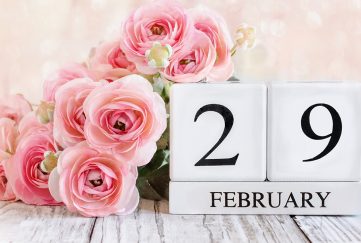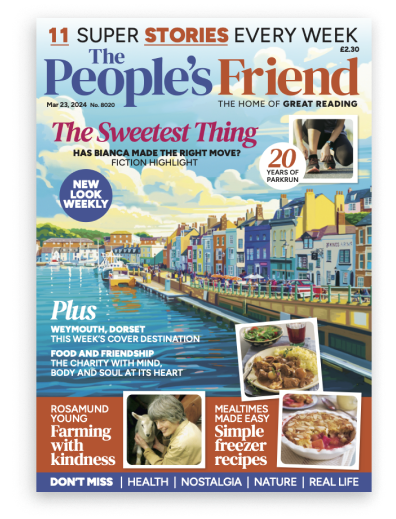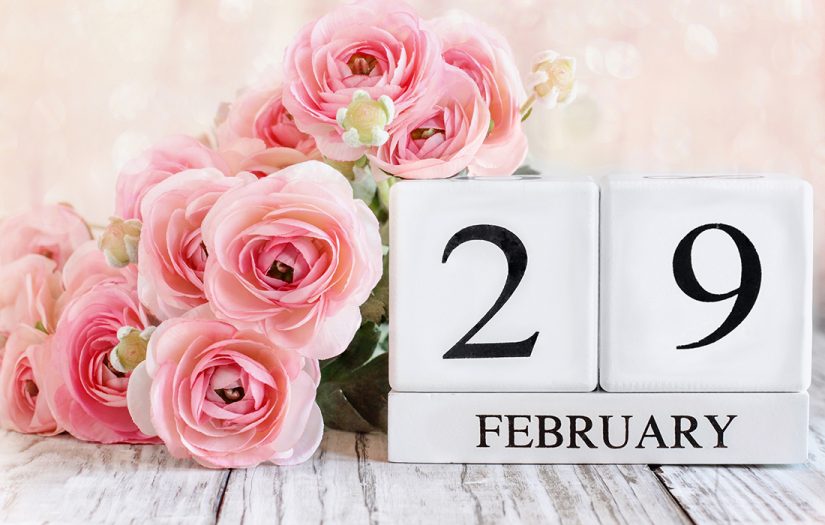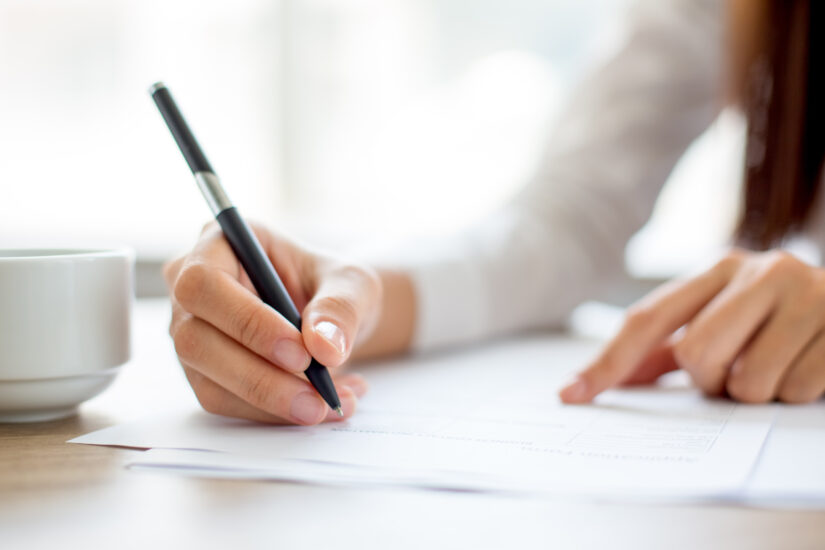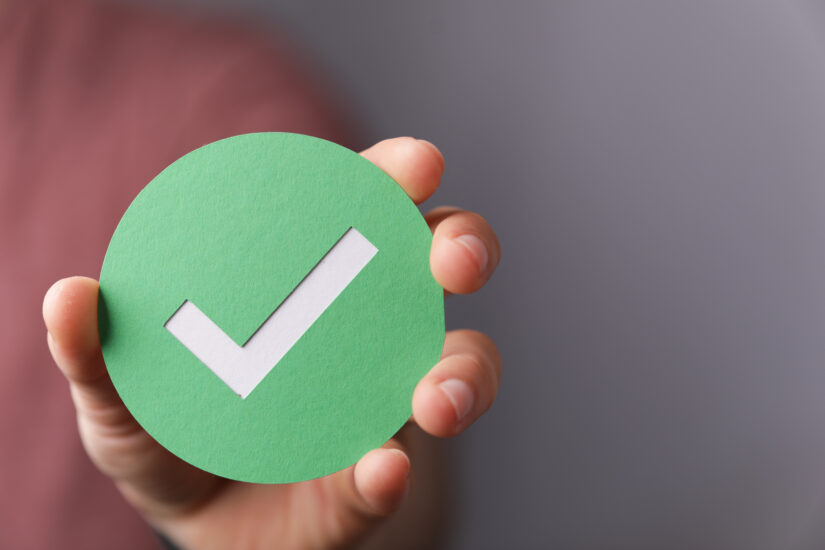Writing Tools: Writing Routines
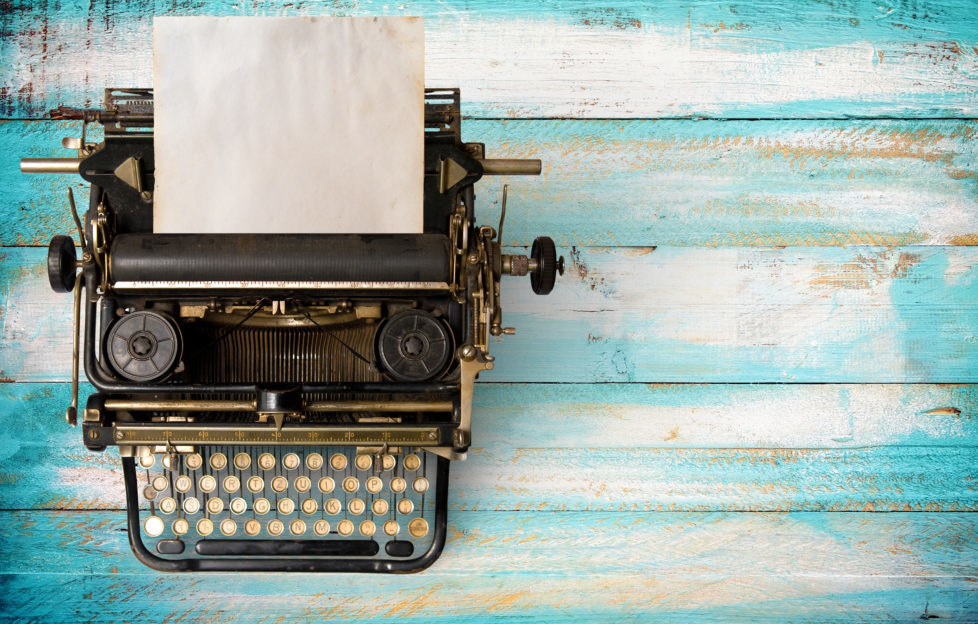
Do you have a routine when it comes to writing?
On his writing routine, Ernest Hemmingway said, “When I am working on a book or a story, I write every morning as soon after first light as possible.” Meanwhile, Jane Austen often forwent the more genteel pursuit of sewing in favour of her beloved writing.
Writing routines are good as they offer writers a creative time-frame where they can methodically merge words and ideas from their imaginations. In practical terms, how is this best achieved . . .
Step One
I would recommend acquiring the tools of your trade. Some writers prefer to use a laptop, others a desktop computer and robust keyboard, where the “click-clacking” of the keys helps add rhythm to their words. Others prefer to write longhand, or use a “trusted” typewriter, before transposing their words to the screen.
And if you don’t own your own computer, libraries and community centres can often offer access to one. And in the former’s case, what better environment than being surrounded by the ultimate writer’s goal – published text.
Step Two
Find a time and a place where you can devote to your writing. I’m a morning person, and as a result this is the time I am happiest writing. A set time and place can offer a measure of steadiness to a writing routine.
Step Three
Try and put some words down on paper, whether it constitutes to your story writing or not. Some advocate a set amount of words. I, personally, wouldn’t put such restrictions on yourself, especially if you are new to the craft. A few words, sentences or paragraphs are all you need to begin your routine. However, if writing a set amount of words a day makes you put pen to paper, then go for it.
If you have your computer or notepad before you, and are seated at your desk, in a time which suits you and others, then your writing routine has already begun.
Happy story journeying.


